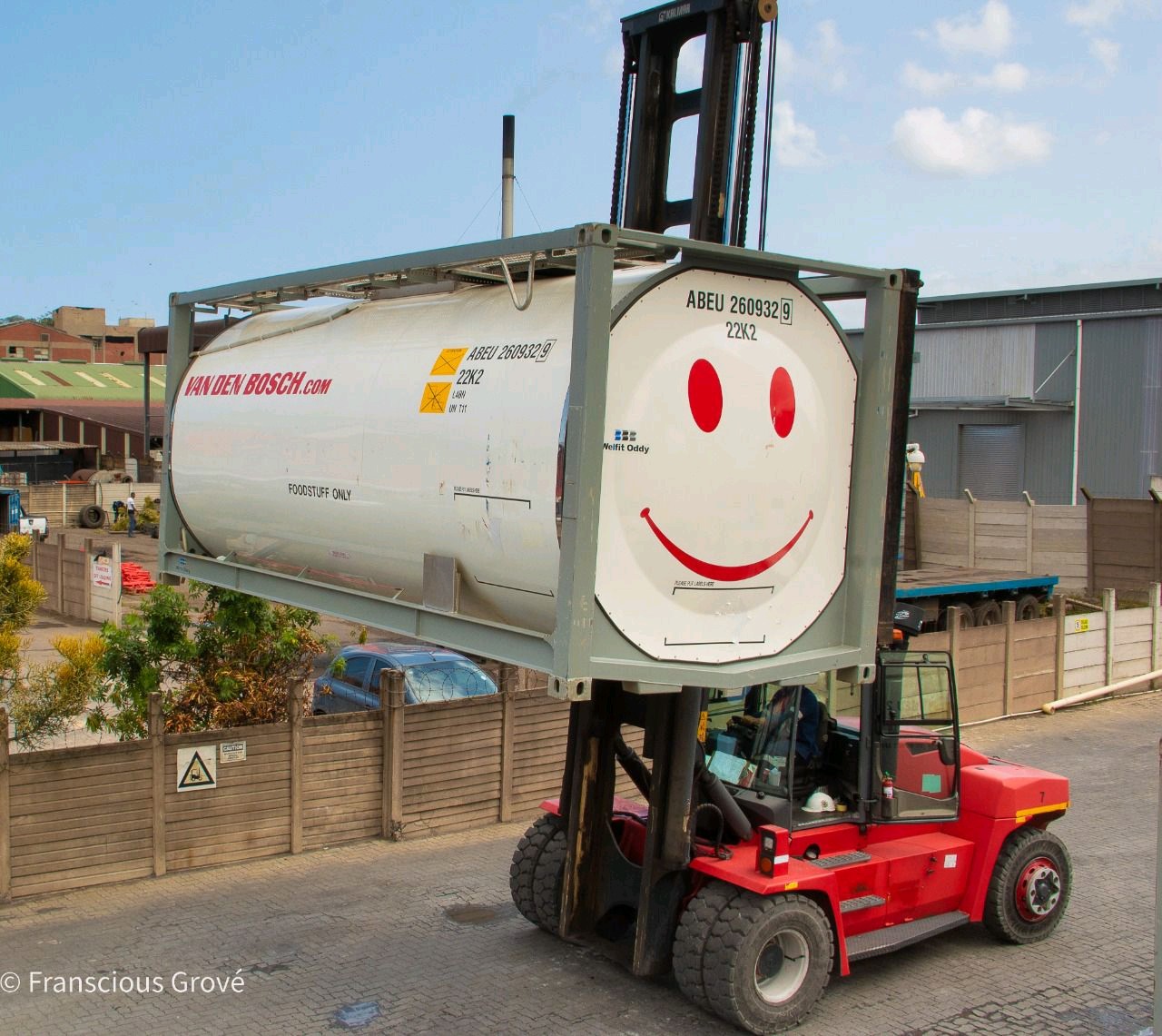Transporting hazardous materials by sea requires meticulous planning and adherence to strict regulations. ISO tank containers offer a secure and robust option for this purpose, but safety remains paramount. Here are 10 essential tips to ensure the safe shipment of hazardous materials by sea using ISO tank containers:
- Classification is Key: Accurately classify your hazardous material according to the International Maritime Dangerous Goods (IMDG) Code. This determines packaging, labeling, stowage, and documentation requirements. Refer to the UN number and proper shipping name for precise classification.
- Certified Containers: Ensure your ISO tank container is certified and up-to-date on inspections. Look for a valid CSC (Container Safety Convention) plate and a recent periodic test certificate. Damaged or uncertified containers can pose serious risks.
- ISO Tank Compatibility: Clearly communicate the type of hazardous material being shipped to the ISO tank service provider. This ensures they select an ISO tank container with the appropriate lining or internal coating compatible with the material to prevent contamination or reactions. In some cases, additional UN-approved packaging may be required within the ISO tank container, depending on the specific material and regulations.
- Labeling Law: Apply the required IMDG Code labels on the ISO tank container itself. These labels clearly communicate the hazard class and any subsidiary risks of the material being transported. Ensure proper size, placement, and durability of the labels.
- Documentation Done Right: Prepare a complete and accurate Dangerous Goods Declaration (DGD). This document details the shipment information, classification, packaging (in this case, the ISO tank container itself), and emergency response procedures. Ensure all parties involved (shipper, consignee, carrier) have copies.
- Stowage Savvy: Work with your shipping partner to determine the optimal stowage location for your ISO tank container on the vessel. IMDG Code regulations specify stowage requirements based on hazard class and segregation needs to prevent incompatible materials from coming into contact.
- Securing the Shipment: Properly secure the ISO tank container to the vessel to prevent shifting or damage during transport. Use approved lashing and dunnage materials following IMDG Code recommendations.
- Crew Training: Ensure the ship’s crew is trained in handling dangerous goods emergencies. This includes familiarity with the IMDG Code, the types of hazardous materials on board, and the proper response procedures in case of an incident.
- Emergency Response Plan: Develop a comprehensive emergency response plan that outlines actions to take in case of a leak, spill, or fire involving hazardous material. The plan should include contact information for emergency responders and relevant personnel.
- Communication is Critical: Maintain clear communication with all parties involved throughout the shipping process. This includes the shipper, consignee, shipping line, and relevant authorities. Keep everyone informed of any changes or updates regarding the shipment.
By following these essential tips, you can significantly reduce the risks associated with shipping hazardous materials by sea using ISO tank containers.

